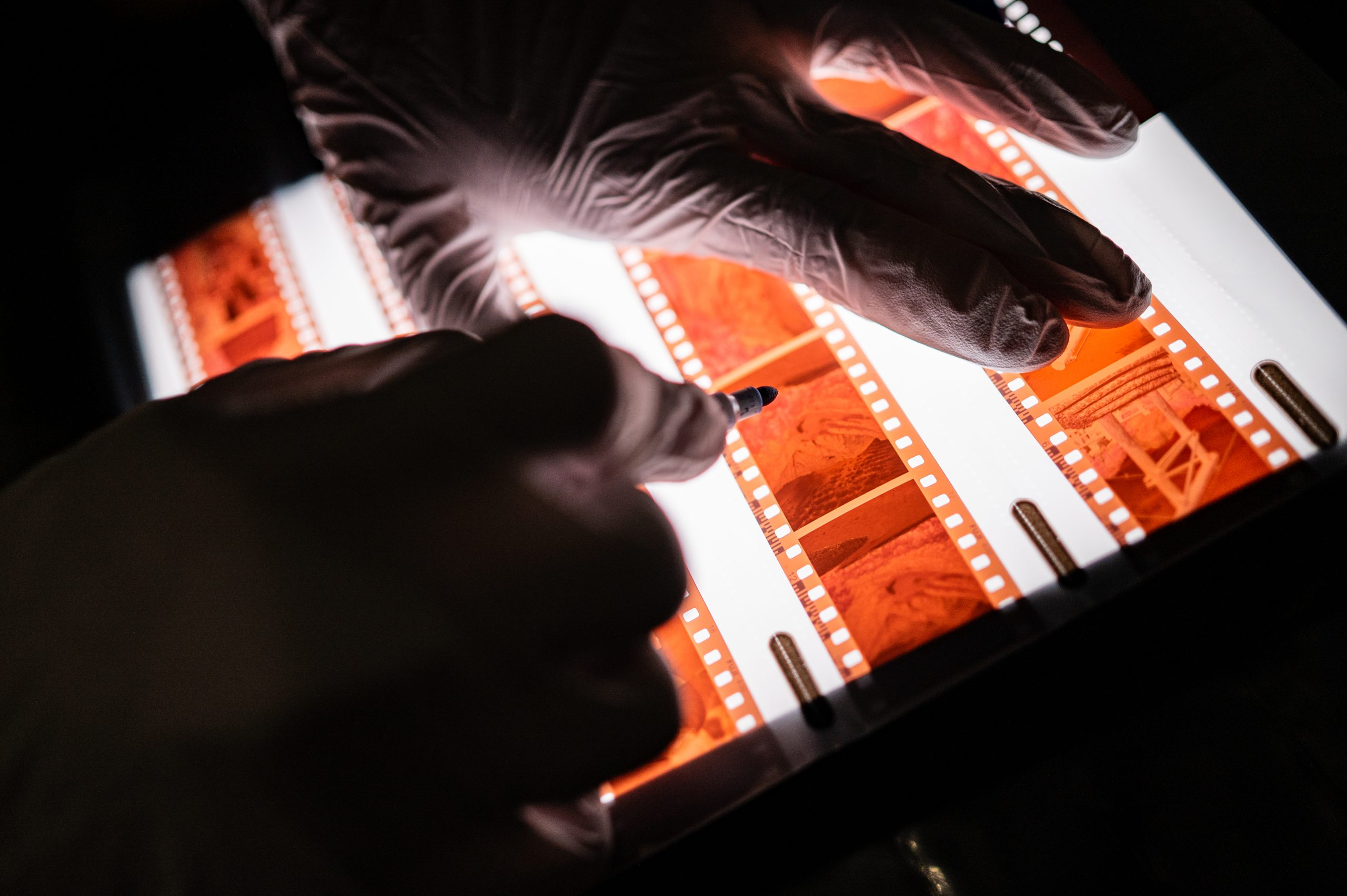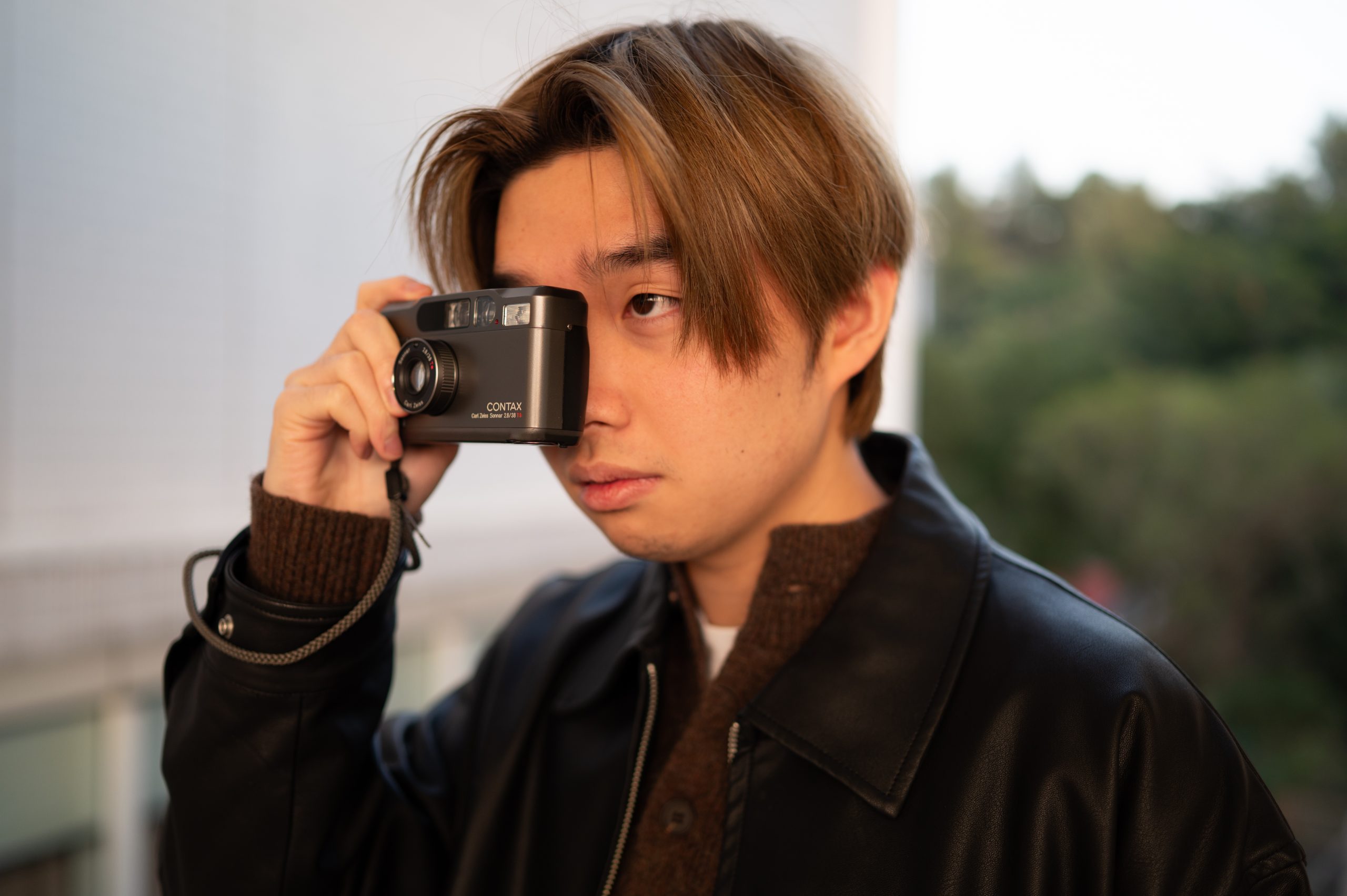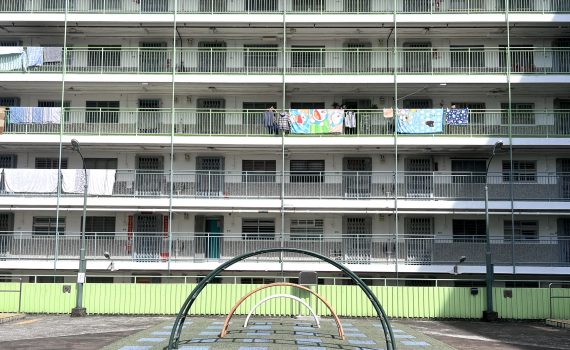Old fashioned roll film cameras are the new craze among young people in Hong Kong. Social Media Posts that carried the hashtag of “film photography” reached over 86,000 in total.

Film cameras, first sold and popularised by the American company, Eastman-Kodak Co. In 1888, images captured by a roll film camera needed to be processed in a dark room. The process is called albumen print, papers need to be printed with a layer with egg white and salt to ensure the smoothness of the surface. After the chemical reaction between silver nitrate and salt is exposed to the sun, a print is finally complete.

Tang Pik-san has been using film photography since 2022 . It costs him HK$500 every month.
“The biggest difference between film and digital cameras is that you can’t check the photo result immediately, which makes the photograph process mindful to me. I can simply focus on the composition of the photograph,” Tang said.
The cheapest digital camera is around HK$3,000, while a disposable film camera costs around HK$100. Developing the film costs around HK$50, Tang said starting film photography is relatively cheaper.
College student, Stephen Fu, 20, tried film photography for the first time four years ago. “At first it was just for fun, then I realized that film photography is completely different from digital photography. It was slower, quieter, which I love,” Fu said.
For Fu, the biggest charm of the film camera is the connection between the user and the camera. “Film cameras make me think carefully every time when I press the shutter, making the time of shooting more precious,” he said.
The sale of film cameras in the Chinese market increased by 3.6% over the past two years, according to The Film Camera Report 2025. The sale of products related to photographic film and film cameras increased by 49.6% and 17.8% between 2023 and 2024 according to the annual report of China-HongKong Photo Products Holding Limits.
Alan Leung, 28, works at M&K Kamera in Mong Kok, he has noticed an increase in the number of film enthusiasts around him, and a growing interest in instant cameras among young people visiting the store.
“Instant cameras are similar to film cameras in that they both produce physical photos and have a unique colour style,” said Leung. He added that instant cameras are not really for film photography, but more about efficiency, and simplicity.

“Every print is also sort of its own puzzle in a way, finding the right white balance, dodging and burning, cropping or adjusting the frame, all are factors in making the print come alive and present its story in a unique way,” said Wu.
Wu picked up film photography when he joined a photography society during his music undergraduate study in the UK. After his graduation, he decided to open his studio last January.
“When comparing film with digital photography, shooting on film is more of a complete analog and tangible process,” said Wu. “It feels as if everything is done behind the screen and it makes the act of photographing less engaging to me,” said Wu .
Wu receives on average between 100 and 150 film rolls every month for developing.

“Film cameras have always been special to me.” said Cheung, who has been shooting with film cameras for more than 20 years. Cheung would take up his film camera to shoot photos in his spare time.
“The biggest difference between film cameras and digital cameras for me is the feel of the photos. I will look through film photos from time to time, but I seldom check my digital camera photos,” said Cheung.
“In recent years, there has been a noticeable increase in the number of young people coming to the store to ask about film cameras,” Cheng said. “I think it is probably because of the pop culture influence. ”Cheng is positive about the future of the film market. He believes the film photography market will continue to expand.
Cheng has also passed on his love of film photography to the next generation, teaching his own children to use film cameras and hoping that his child will enjoy film photography.
“I think film photography will still exist, there will always be someone as passionate as me to keep film photography alive,” Wu said.
《The Young Reporter》
The Young Reporter (TYR) started as a newspaper in 1969. Today, it is published across multiple media platforms and updated constantly to bring the latest news and analyses to its readers.

Popularity soars amid the venue challenge for local pickleball and padel

Preserve the collective memories of public housing estates



Comments